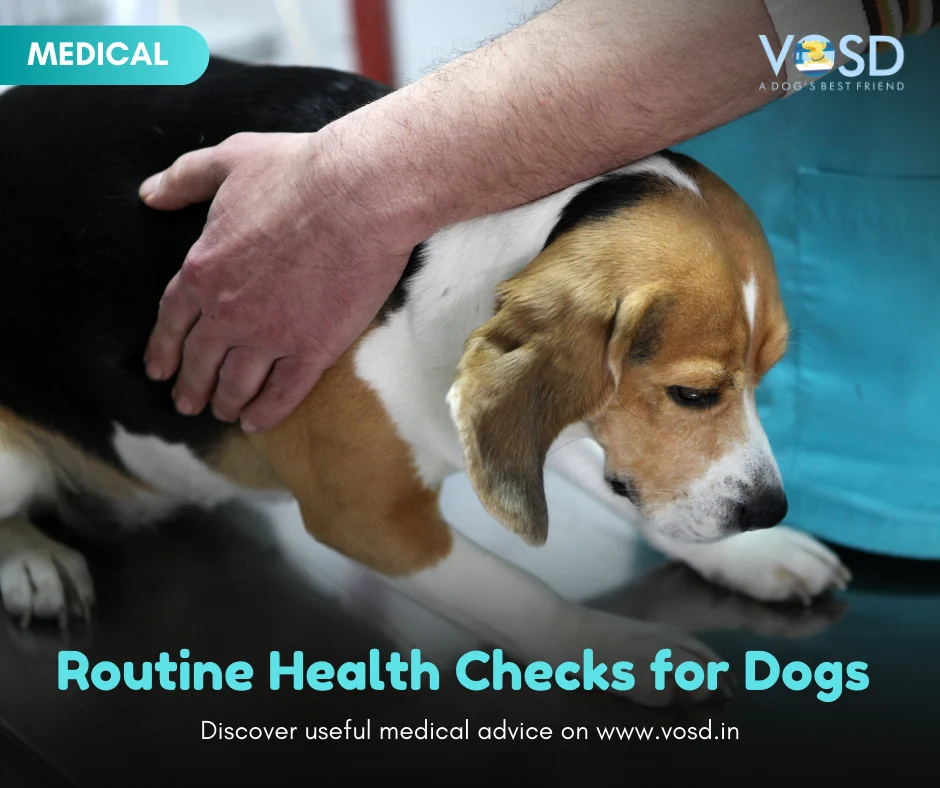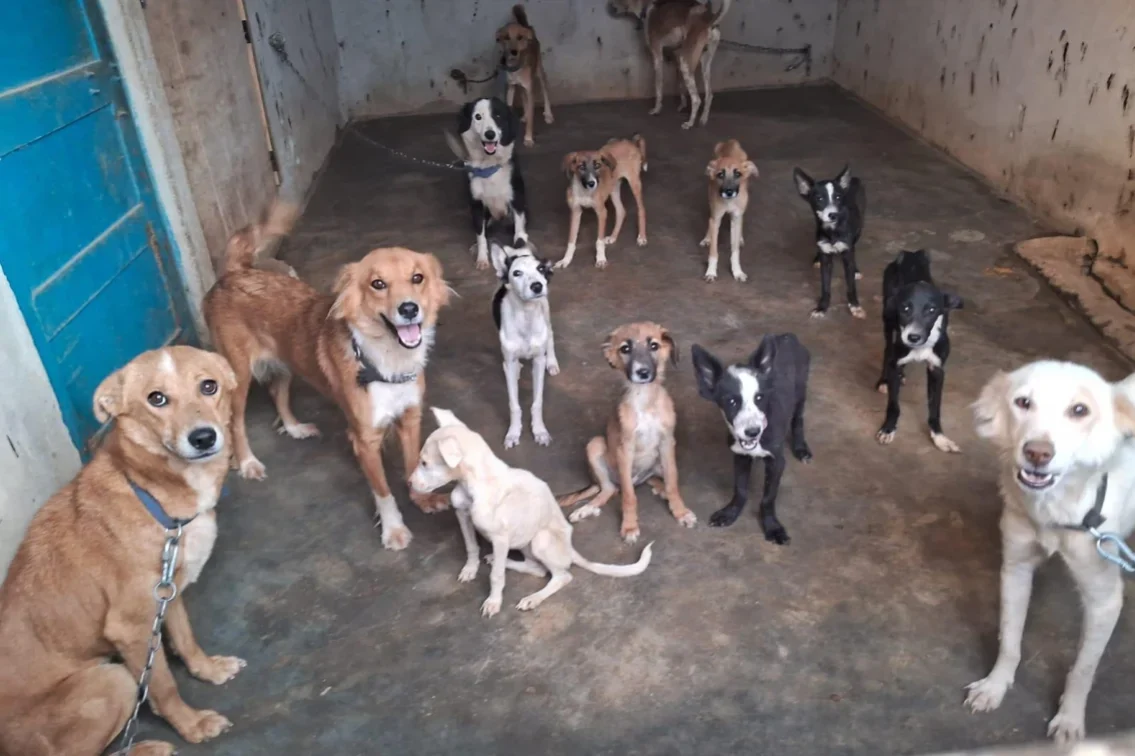Spoiler alert: Dogs can’t articulate their feelings like human beings.
Since dogs can’t tell you about how they feel, routinely examining your dog for anything abnormal is an important part of being a pet owner. This way you can identify and address medical problems before pronounced symptoms appear.
Learn to read the signs
Checking temperature
The normal temperature is between 100 and 102.5 degrees Fahrenheit (38.3 to 39.2 Celsius). If your dog is lethargic and has an elevated temperature, you need to contact your vet. To take an accurate reading, have another person accompany you (especially if you are new to this). Lubricate the thermometer end with petroleum jelly. One person should hold the dog’s head while the other inserts a digital thermometer into the dog’s rectum. Wait for the ‘beep’ to tell you the reading is complete. Note down the temperature. Use surgical spirit or hand sanitizer on a cotton swab or toilet roll to wipe the thermometer before storing. Note that if your pet is stressed or excited, or has been in a hot car etc you may get a falsely elevated temperature.
Checking the Mouth
Looking at the dogs’ mouth gives you a great idea about his overall well being. Pull back its lips to reveal the gums (if your dog has black gums, look at its tongue). They should be pale to medium pink. If the gums or tongue are blue, purple, white, brick-coloured or extremely bright red it could mean something is impeding the flow of blood throughout your dog’s body. If they look pale – do a “capillary refill” test- press above a canine tooth with your thumb and release your thumb. The spot will be very pale as all the blood has left the area due to pressure. It should regain the original colour in 2 seconds. If it takes 3 seconds or longer or does not regain colour, it could mean the dog is anaemic and you need to check with a vet to address it immediately.
Checking eyes
The eyes (cornea) of the dog should be clear. Any change in the brightness of the eyes is a telltale sign that the dog is not healthy. Lift/ push-up the eyelids with your fingers- the white of the eyes should clearly show blood vessels and should have a pinkish hue. If it is pale white, yellowish or sallow that is a sign the dog is anaemic and has an underlying condition.
Taking your dog’s pulse
A normal resting adult dog’s heart rate is around 70 – 80 per minute for a large dog and goes up to 120-140 beats per minute for small dogs. To check your dog’s heart rate place your hand on the left side of its chest, behind its elbow so you can feel the heartbeat. Count heartbeats you feel in 15 seconds and multiply that by 4 to get the beats per minute. If a dog’s heart rate is over 180 beats per minute that could require attention.
Watching stools for consistency, or for vomiting and diarrhea
Stools should be a consistent formation and volume etc. If they change color or consistency something has changed in the dogs’ health and you need to watch out for it. Diarrhea and/or vomiting are signs of your dog’s body attempting to expel foreign poisonous substances. Examine your dog’s vomit/stool for content, color, and consistency. Your dog’s stool should be firm and brown. If your dog’s stool becomes watery, loose, yellow, green, or deep black, contact your vet.
Watching your dogs’ breathing
The appropriate respiratory rate of a dog is 10-30 breaths per minute. Dog’s pant because they don’t sweat and that’s how they regulate body temperature. That’s also the reason their tolerance for temperature ranges is less than ours and makes them susceptible to heatstroke. Heavy panting lasting for longer than 30 minutes, without activity, could be a telltale sign of respiratory or cardiac issues especially if you hear wheezing or crackling as your dog breathes.
Watching your dog’s balance
If your dog shows imbalance or is staggering or disoriented it is a sign of an illness including fever, neurological or heart problems, low blood sugar etc and needs immediate attention.
Watching for a loss of appetite
If your dog stops reduces it’s food intake gradually or stops eating suddenly call your vet.
Did you find this information helpful? For more legal, medical, and general advice, visit VOSD.
The information contained in VOSD Vet Advice™ is not intended nor implied to be a substitute for professional medical action which is provided by your vet. You assume full responsibility for how you choose to use this information. For any emergency situation related to a dog’s health, please visit the nearest veterinary clinic.





